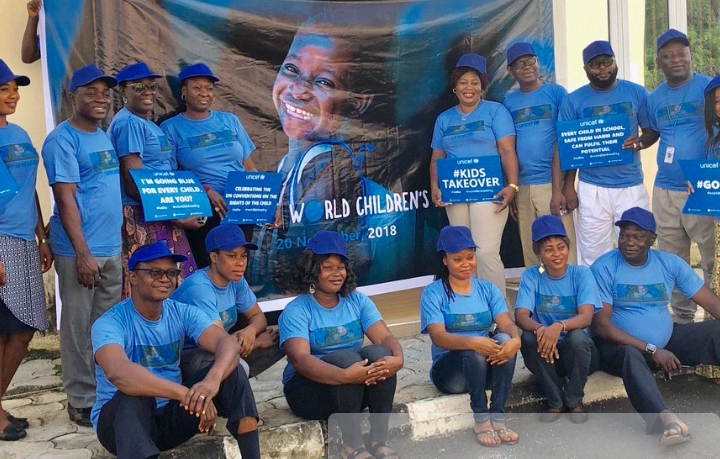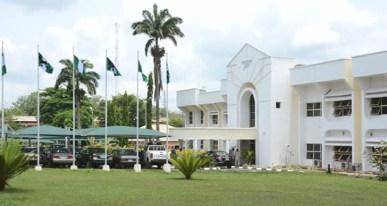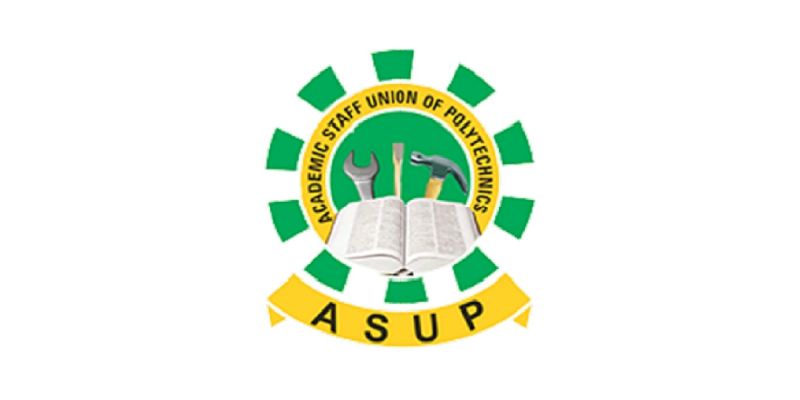UNICEF and HiLWA collaborate to strengthen girl-child education
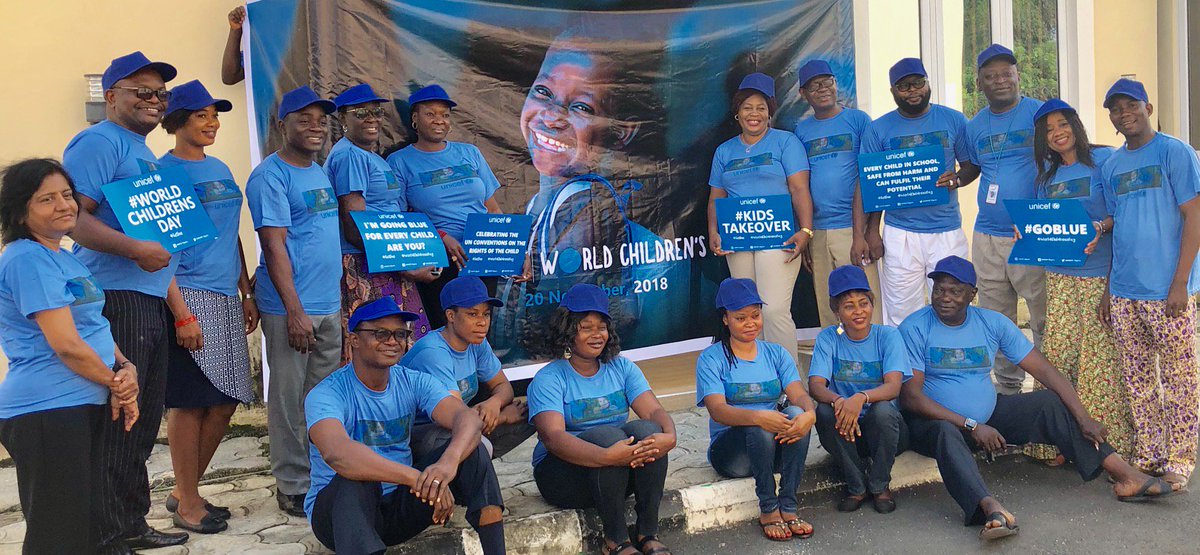
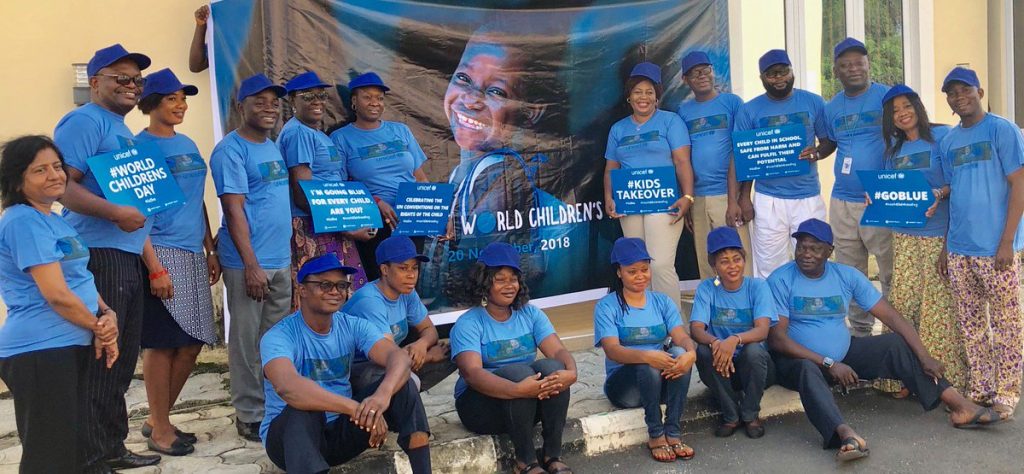
UNICEF has partnered with High-Level Women Advocates (HiLWA) to develop sustainable strategies for promoting adolescent retention, transition, and completion in secondary schools.
HiLWA, an NGO, collaborates with UNICEF to help girls in obtaining essential educational qualifications.
Francis Elisha, UNICEF’s education specialist in Sokoto, said participants at a two-day national HiLWA meeting in Kaduna on Thursday came from 12 northern states.
He explained that the identified women had excelled in their professional efforts, with some holding positions as directors, permanent secretaries, and commissioners, among others.
He went on to say that women have a big influence on matters like increasing adolescent education and out-of-school children.
Gerida Birukila, the UNICEF chief in Kaduna, stated that every kid has the right to an education. This right, she explained, was a notion maintained by worldwide agreements such as the Universal Declaration of Human Rights, the Convention on the Rights of the Child, and the Convention Against Discrimination in Education.
Ms Birukila observed that, despite the Federal Government’s consistent efforts, several states and development partners continue to face severe issues with out-of-school children in Nigeria.
According to recent data, Nigeria has a 26% out-of-school rate for primary school-aged children and a 25% for junior secondary school-aged children.
“When we break this down further, we see a regional disparity. For example, in the North-East, nearly half of the primary school-aged children are out of school.
“This is being followed closely by the North-West with 40 per cent, while in the South-East, about nine per cent are missing from classrooms. This uneven distribution highlights the urgent need for targeted solutions,” she said.
Ms Birukila also said that the disparity between urban and rural areas was up to 25 percentage points more, with rural children experiencing far higher out-of-school rates than their urban counterparts.
According to research, 57% of primary school-aged children and 58% of junior secondary school-aged children from the poorest families are not in school.



